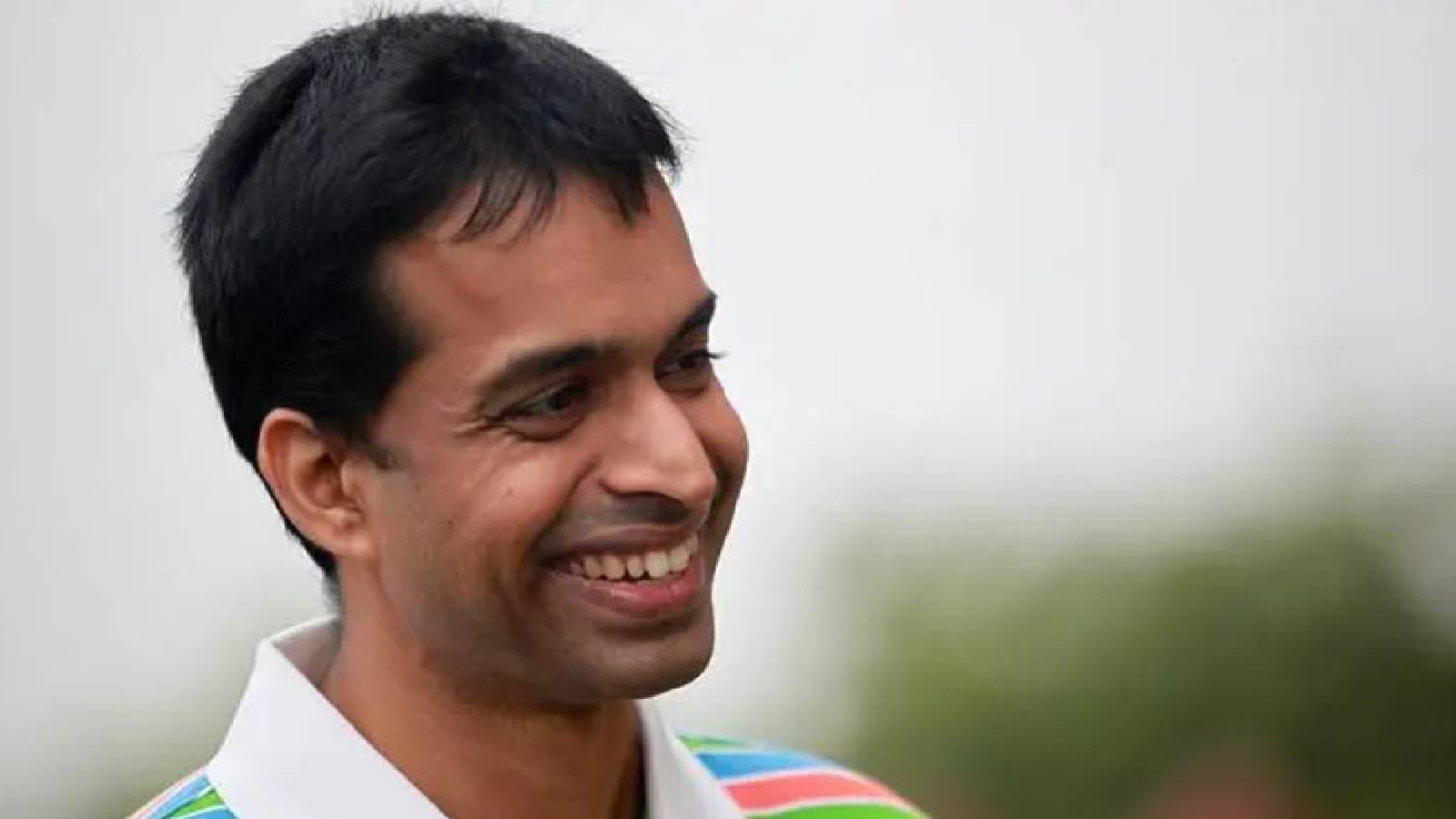Harassment of Emma Raducanu reminds us women still bear brunt of abuse

If you watched any of Emma Raducanu’s Tuesday match against Karolina Muchova, it was probably only the two clips, stitched together neatly for the news highlights. Raducanu approaching the umpire. Raducanu wiping away tears with a towel.An emotional Raducanu is an instant headline, although this wasn’t a case of injury or frustration. Having seen a man in the crowd whose off-court behaviour had already concerned her, she was doing the sensible thing and reporting it. The Daily Mail reported that she was “reduced to cowering behind the umpire’s chair”. What a brilliantly multi-purpose use of language: paternalistic readers can get heroically angry on her behalf while the others write her off as a snowflake.Raducanu’s upset was understandable. She has been stalked before, as have plenty of women’s tennis players. Last year Katie Boulter shared her experiences of being followed home, and of a man issuing violent online threats while he attended a tournament in which she was competing. “Things like this happen all the time,” she said.Danielle Collins may seem to have a thick hide on court – witness her performative antics at last month’s Australian Open – but she is “vigilant and cautious” in her real life after being stalked multiple times, both online and in person. “Sometimes that has come across to fans as being withdrawn, distant,” she says, “but … sometimes I’ve had to be more careful about what I say and do because I don’t want certain people knowing where I am.”Sloane Stephens, speaking a couple of years ago, said that “all of us as athletes … we’ve gotten these crazy messages for years. We completely normalised being called names and death threats”. When someone posted her own address and told her: “I’m gonna be there tomorrow,” her fellow US player Madison Keys had to persuade her to contact the FBI.We tend, when we hear these stories, to focus on the obsession, the creepiness, the extremity of behaviour. The guy who hid in Chris Evert’s closet for three days, smoking cigarettes. The guy who wanted Anna Kournikova to save him from drowning. The guy who harassed Serena Williams then moved on to torment a French punk singer. It can feel like a very distant problem, an irresolvable mental health issue, the price of being talented, famous and female.Nothing to do, then, with the screeds of social media abuse those same women’s tennis players receive on a daily basis from gamblers who have lost money on their games. And a separate issue, still, from the drive-by haters who just want to register their opinion that Caroline Garcia is a clown, or Coco Gauff is a traitor to America.View image in fullscreen Danielle Collins has said she has sometimes come across as ‘withdrawn and distant’ as a result of previous abuse. Photograph: William West/AFP/Getty ImagesAre they really unrelated? Not if you’re the one on the receiving end. They’re more like consecutive stops on the same route, one you’ve become increasingly familiar with on your commute to and from the court. “All high-profile sportspeople suffer a level of public scrutiny and abuse but for women there is a whole extra sphere of horror,” says Stephanie Hilborne, chief executive of Women In Sport, who has found the Raducanu incident “deeply troubling”.She argues that the problem is “not well enough understood by an industry dominated by men”, and she has a point. Right now the most powerful tool that female athletes have to grow their profile is, to be blunt, themselves. Last year’s Olympics proved how valuable social media can be to sportswomen who lack the financial and media support that traditionally scaffolds men’s sport. The locker-room photos, the video confessionals – direct fan communication that makes female athletes feel more accessible and relatable is their most valuable asset, as rugby union’s Ilona Maher has been proving.But it also leaves them exposed on platforms where they receive disproportionately more abuse than male athletes (including 85% of all online abuse at the Tokyo Olympics). “Sportswomen are all too often subjected to excessive expectations to open up their personal lives to the public through social media in order to sort out a horrible history of exclusion and lack of visibility and investment,” says Hilborne. “It is not women that should have to shoulder this burden.”A number of sporting organisations – including World Athletics, the International Olympic Committee and Fifa – now employ AI systems to monitor and filter out online abuse towards athletes during tournaments. That may alleviate some of the worst symptoms, but it does not deal with the root cause. The global sporting industry is still a long way from eradicating the intrinsic sexism that fuelled its historic culture.skip past newsletter promotion Sign up to The Recap Free weekly newsletter The best of our sports journalism from the past seven days and a heads-up on the weekend’s action Enter your email address Sign up Privacy Notice: Newsletters may contain info about charities, online ads, and content funded by outside parties. For more information see our Newsletters may contain info about charities, online ads, and content funded by outside parties. For more information see our Privacy Policy . We use Google reCaptcha to protect our website and the Google Privacy Policy and Terms of Service apply. after newsletter promotionIn 2023 a UN handbook targeting violence against women and girls in sport found that “the sports ecosystem presents many barriers to tackling [the issue], including a lack of accountability, transparency and a defensive mindset. Many sports federations have prioritized the integrity of the sport’s image and economic profit over the individual.” You don’t have to look far for examples, be it Spanish football, US gymnastics or Afghan cricket.The rapid development and increasing popularity of women’s sport can indeed be a vital lever for gender equality, empowering the women who participate and shifting societal perspectives. But women’s football, cricket, and rugby should not be expected to fix the problems left ignored by the men’s games. Especially not in a social environment where we’re witnessing a frightening backlash against feminism.Men’s sport can still be a breeding ground for toxic masculinity, be it tribalism in the stands, on-field exhortations to “man up” or stop being a “bitch”, or the untouchable behaviour of star players at elite clubs. If it doesn’t deal with its underlying culture, asks the UN report, “then how can we expect young men in particular to end this cycle of dangerous and abusive behaviour that contributes to violence against women and girls?”The stalking of women’s tennis players is neither a rare nor a new phenomenon. But it’s something we should all be concerned about.











